
Nicaraguan Alphabet Part Two: N to Z
This is part two of my Nicaraguan Alphabet, posted after I finished three years living in Leon, Nicaragua. If you missed Part one, A to M, its the previous blog-entry.
N is for NICARAGUANS
We have enjoyed spending three years with the ordinary people of Nicaragua – kind, generous people, valuing family, not in a hurry, time to chat, enjoy a good time, not too worried about timekeeping, babies who don’t cry, families who sit in rocking-chairs, chatting every evening, men who lie in hammocks, women who sell goods on their heads, everybody eating snacks, people asking each other for change, very uncommon to show anger, lycra roly-poly clothes, Leoneses a people of faith & tradition, very honest, enjoy fiestas & processions, three on a bicycle, youngsters kissing after school in the plaza, teenage pregnancies, overweight bored police, tedious politicians who give speeches, resilience.
And since April this year – people marching, in their thousands, and since August a few brave people continuing to march in spite of government repression.
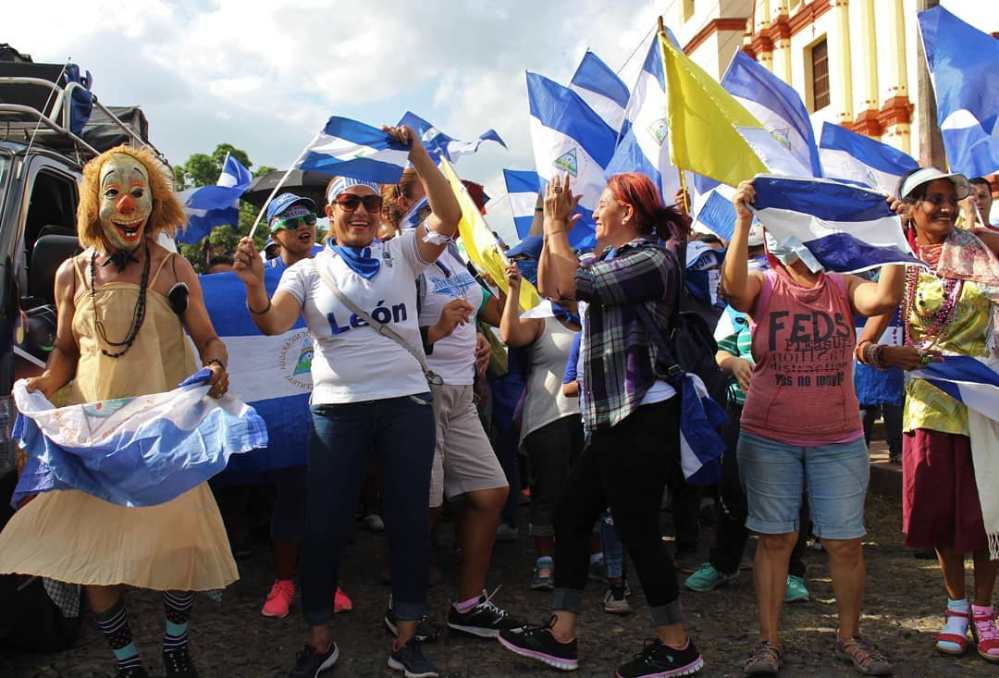
O is for OBESITY, & also for OMETEPE
Sadly, O is for Obesity which is also a scourge of many other Latin American countries as well. One study found that 22% of Nicaraguans were obese & 33% more were overweight. When I first visited Nicaragua in the early 1980’s malnutrition was a problem – but then people were under-nourished. Now as the population has become more urban, & eating modern processed foods, including much fried food, many people are over-weight. Women are especially affected.
O is also for OMETEPE, a beautiful volcanic island in the middle of Lake Nicaragua. We visited twice & enjoyed fantastic views of the two majestic volcanoes.
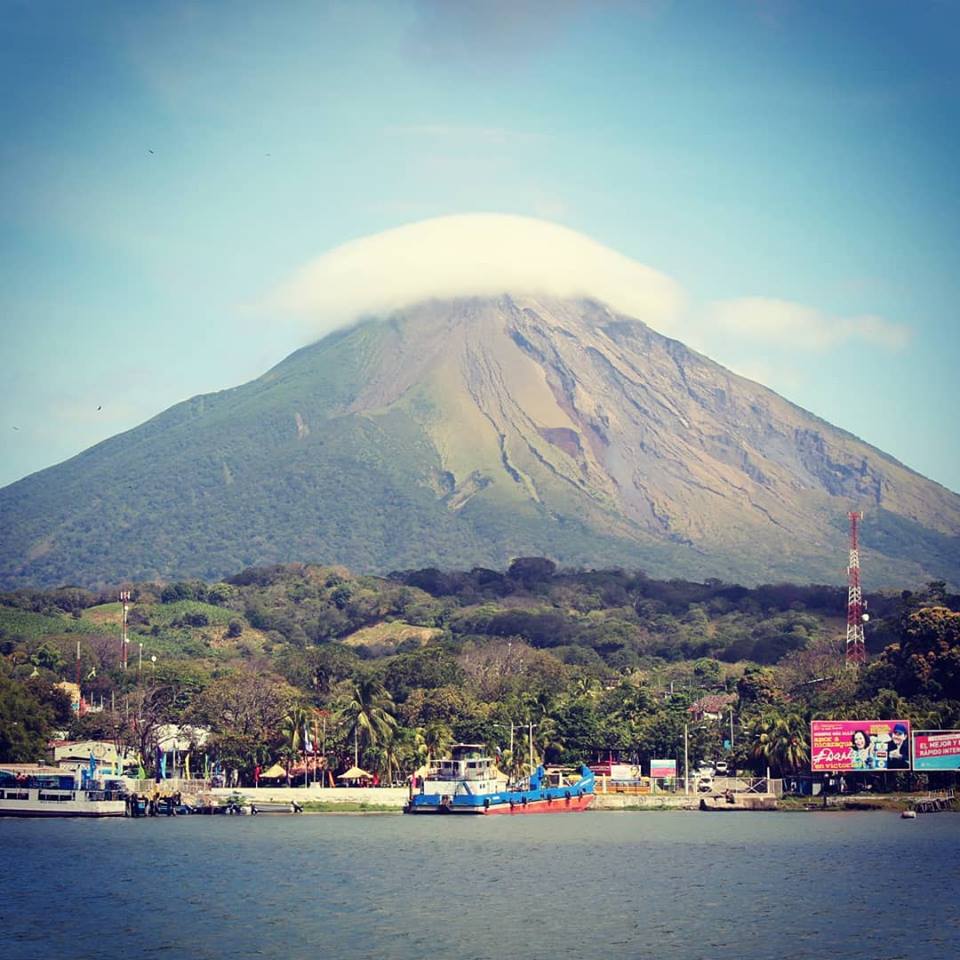
P is for PAVING STONES & PROTESTS
Nicaraguan streets are made from paving stones & these have played an important part in the country’s turbulent history. In 1979 the people used barricades made from paving stones in the successful uprising that finally toppled the Somoza dictatorship.
Now in 2018 the country went through another burst of revolt, this time aimed at the current Ortega government. After the protests began in April, and were fired upon by the police, people spontaneously built over 400 barricades all over Leon where we lived. For four weeks we couldn’t drive, we couldn’t really work, food & petrol became in short supply. The street barricades were ultimately unsuccessful, & were knocked down by government forces in July.
P could also be for PHOTOGRAPHY – I enjoyed three years taking photos of fiestas, processions, schools, protests & wonderful nature. See many nice photos on Instagram (@Owstonlewis) https://www.instagram.com/owstonlewis/?hl=es
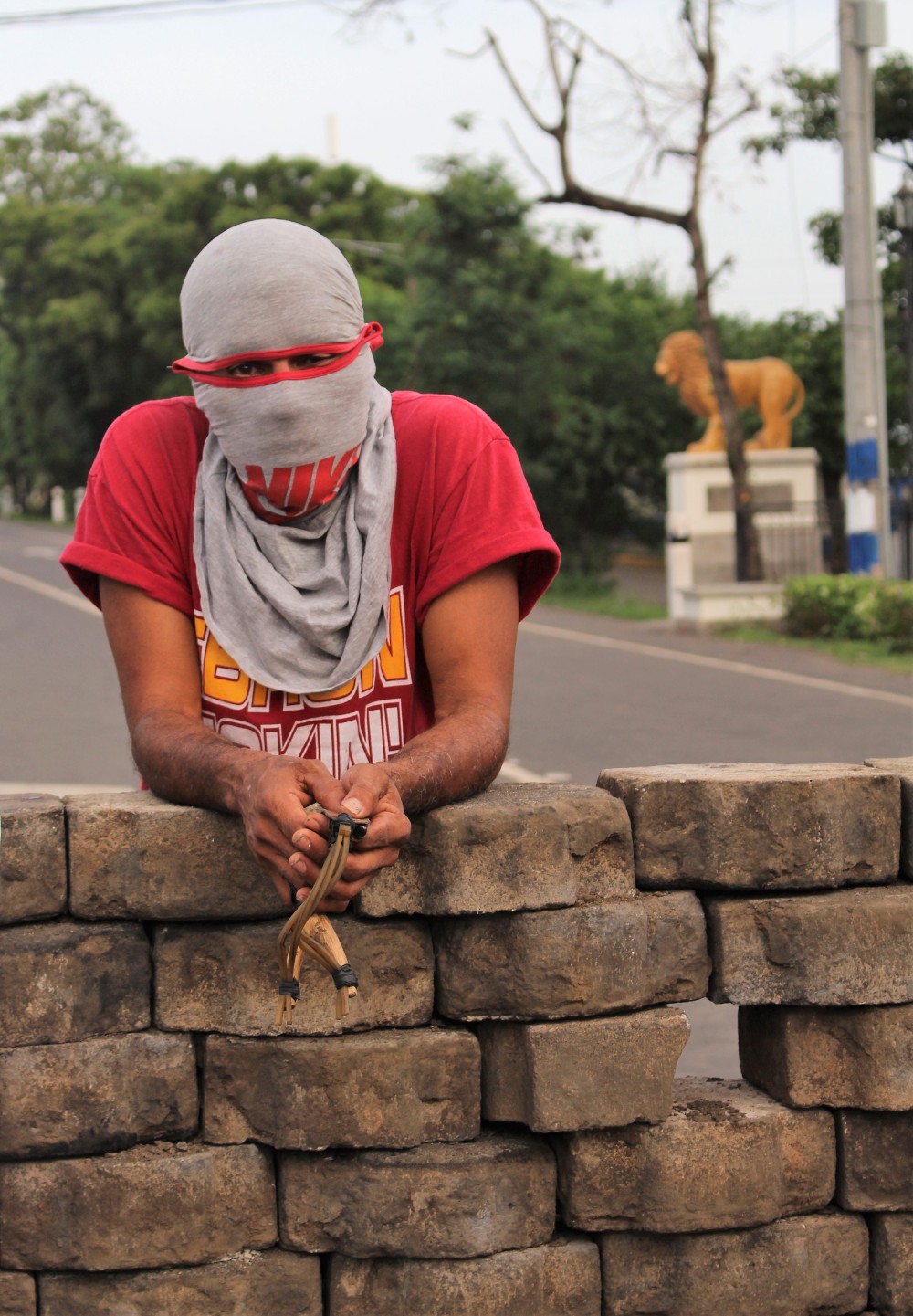
Q is for QUETZALS (& OTHER LOVELY BIRDS)
The Quetzal is a very rare & emblematic colourful bird in Central America. We tried & failed to see one in the rainforests of Nicaragua but we did see one in Costa Rica having got up at 4.30am and walked till 7am. (Couldn’t get a good photo though). In Nicaragua we saw lots of lovely birds , from tiny humming birds to big herons & waders in the mangroves. (This photo is not the Quetzal because I am too proud!)
Q could also be for QUESILLO which is a rather unusual food eaten around Leon, made of tortilla & molten cheese with onions.
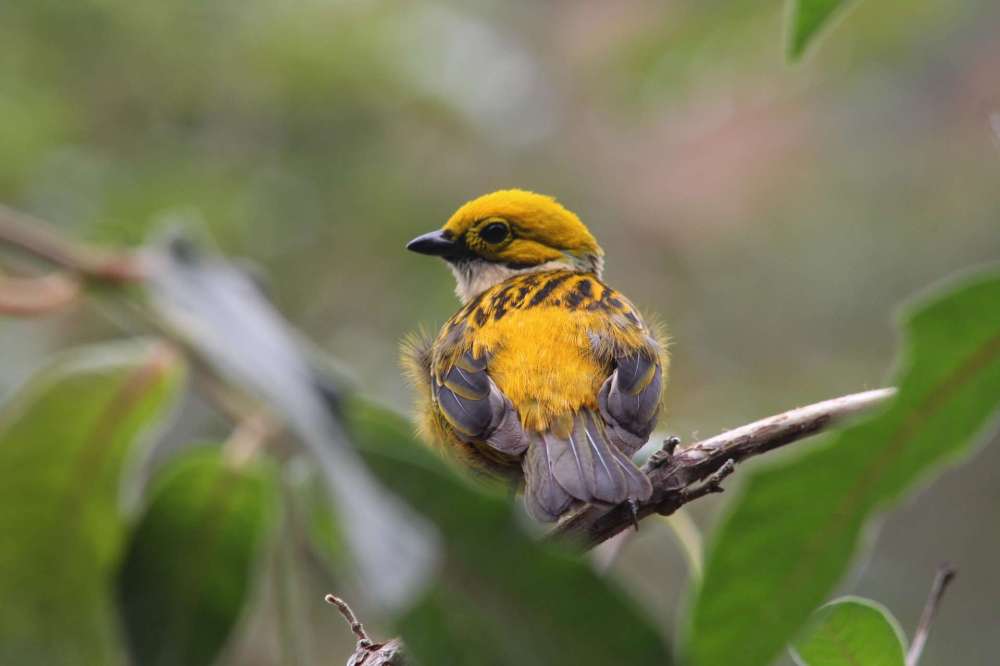
R is for RAINFOREST
We loved walking in the rainforest & seeing sloths, monkeys, birds, marching ants & wonderful plants. Congratulations to tourist enterprises that have preserved some of the rainforest & made it accessible to visitors, for example Selva Negra & the highly recommended homestay villages outside San Ramon, Matagalpa. I enjoyed the challenge of trying to take photos in the dark dank rainforests. The country needs to actively preserve the large reserves like Bosawas.
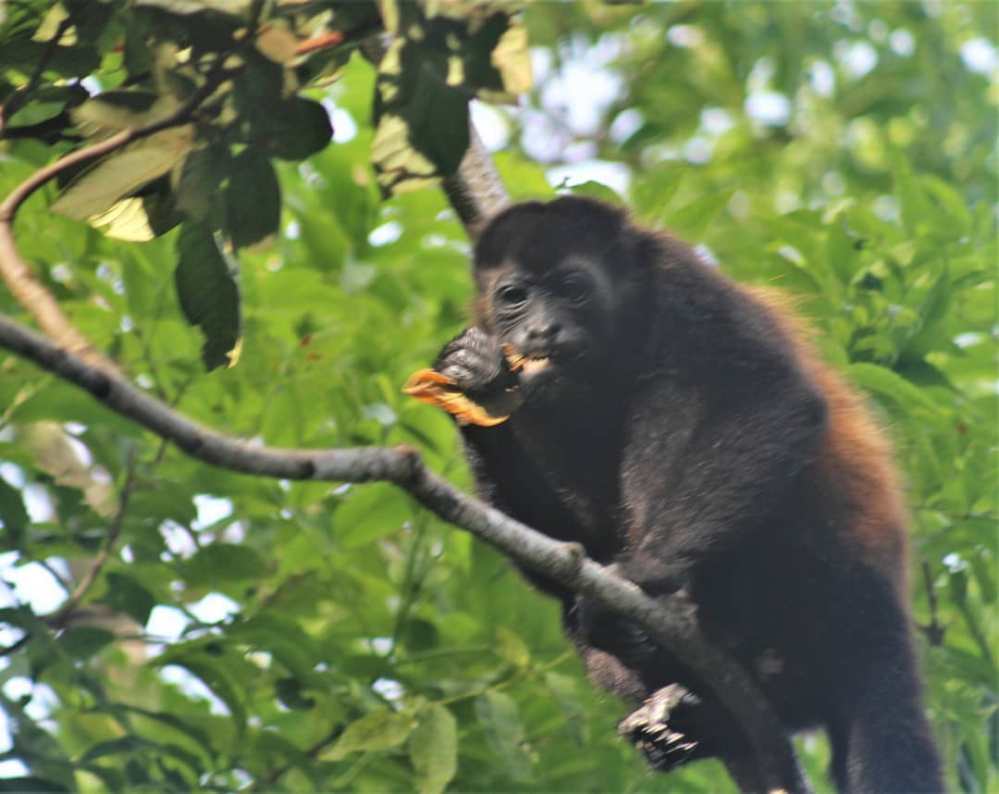
S is for SISTER CITY
I have worked for the last two years for Project Gettysburg-Leon . PGL is a Sister-City, a twinning link. In the UK we call them Twin-Towns. PGL has done fantastic work since 1985. A small dedicated group of people in a town 2000 miles from Leon have supported social & development programmes for the last 35 years. Our most recent programme, during the emergency, has been supporting homework clubs for kids who have missed out on their schooling, like Mario in the photo below. PGL – Good Luck & keep up the good work.
S is also be for SALSA DANCE, or SOMOTO CANYON, another great place to visit.
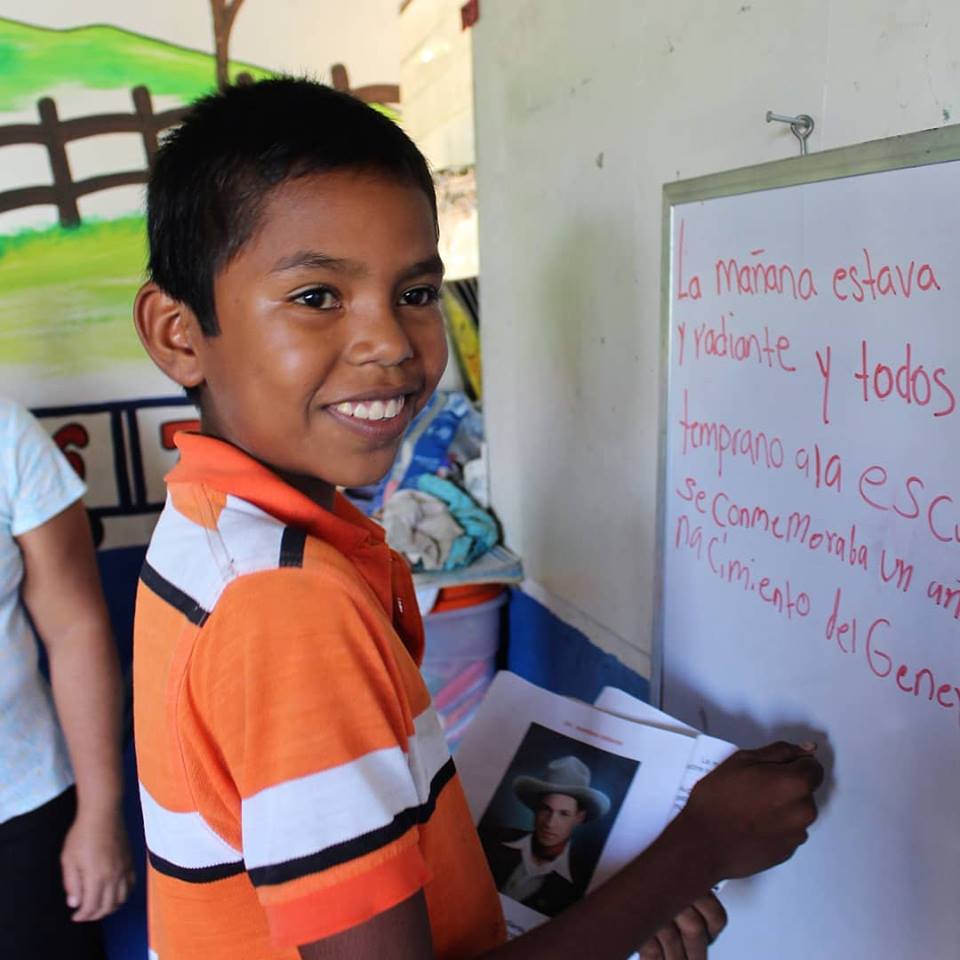
T is for TOURISM
In 2016 & 2017 tourism was on the up & up in Nicaragua. Everyone was talking about it, new hotels, different restaurants, the best homestays etc. Kath & I were well immersed, visiting many of the places with delegations & visitors. We especially tried to promote tourism where the profits funded social programmes . The uprising since April, & the violent response from the government, has killed off tourism. Eighty percent of hotels have closed, & 10’s of thousands of people have lost their jobs.
T is sadly not for TENNIS or TABLE TENNIS in Nicaragua (We like both these sports, but they don’t play either. Too hot!) This photo is Tourists at Somoto Canyon.
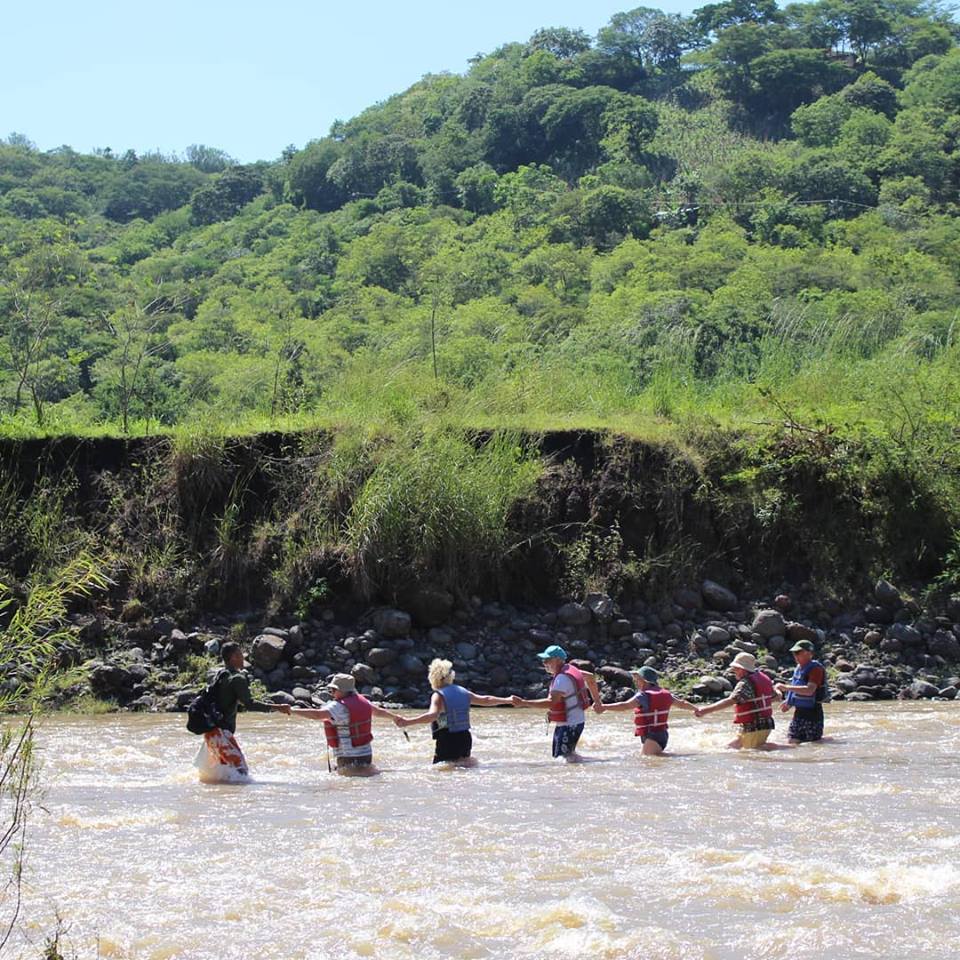
U is for USA
A famous saying from the region was ‘So far from God, so close to the United States’. The USA has had a huge influence over the last centuries, from trade patterns to political interference. Among other things the USA supported the Somoza dictatorship for decades, & funded a vicious contra war in the 1980’s. Central America will be better off with more respect & less interference from the big neighbour in the North.
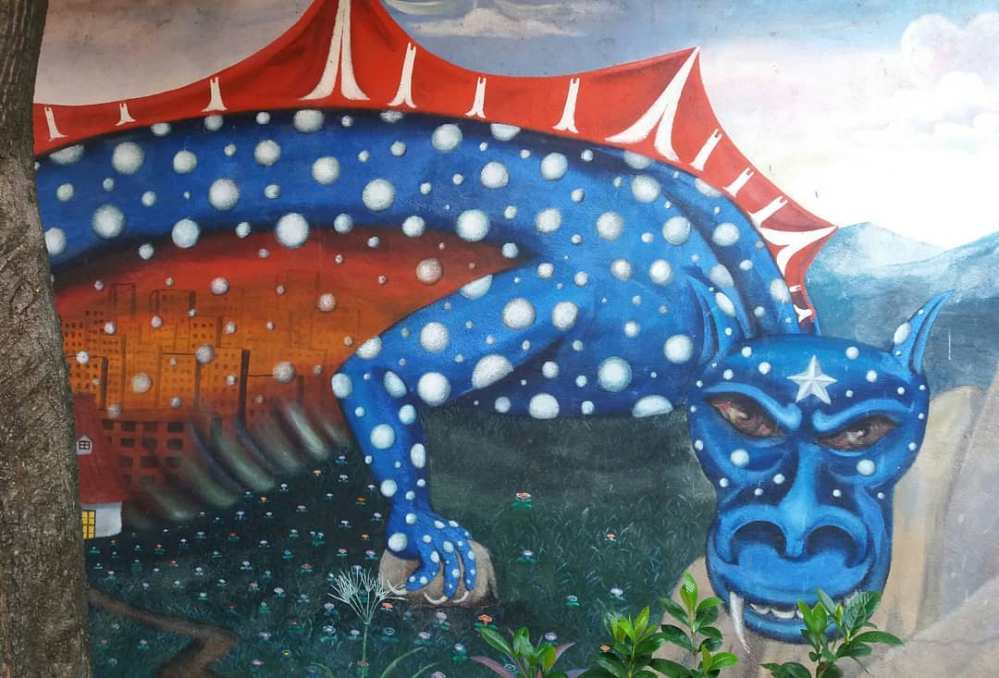
V is for VOLCANOES
Nicaragua has 19 volcanoes many of which are active. In some you can see live lava bubbling away beneath you from the crater. Kath and I would regularly climb volcanoes with our visiting friends & PGL students.
V is also for VERY HOT IN LEON. It was!
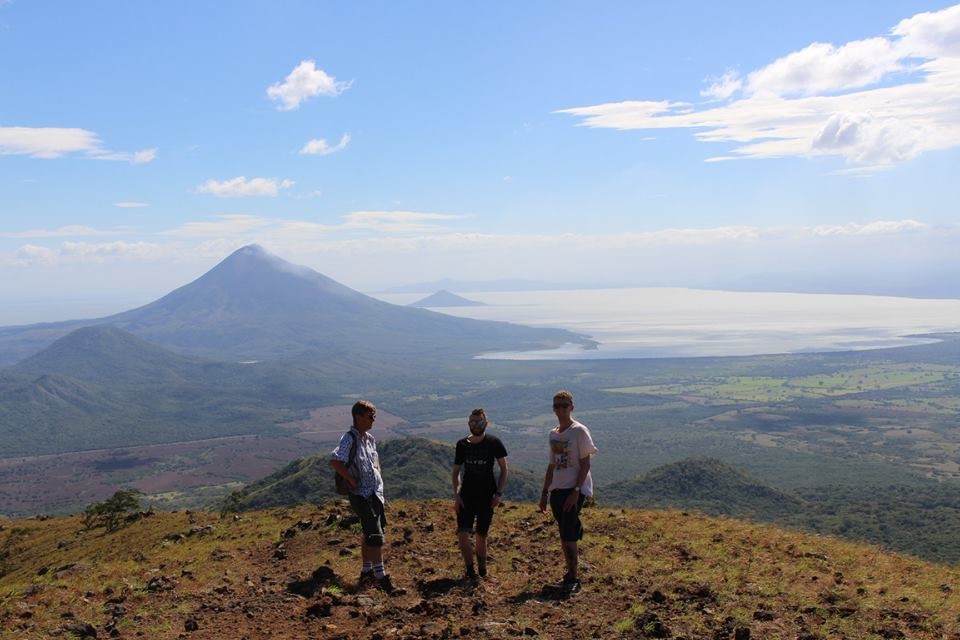
Looking across from ‘El Hoyo’ to Momotombo & Momotombito
W is for WATER PROJECTS
Many villages in Nicaragua suffer acute water shortage in the long hot dry season. Imagine having to walk for 20 minutes to have to bring back a bucket of water on your head to wash in or to cook with. I worked on various projects during my three years where NGOs worked with communities to install piped water. PGL is in the midst of supporting a project in Talolinga village. A long & difficult process so far with various setbacks. Hopefully my successor can lead it to completion.
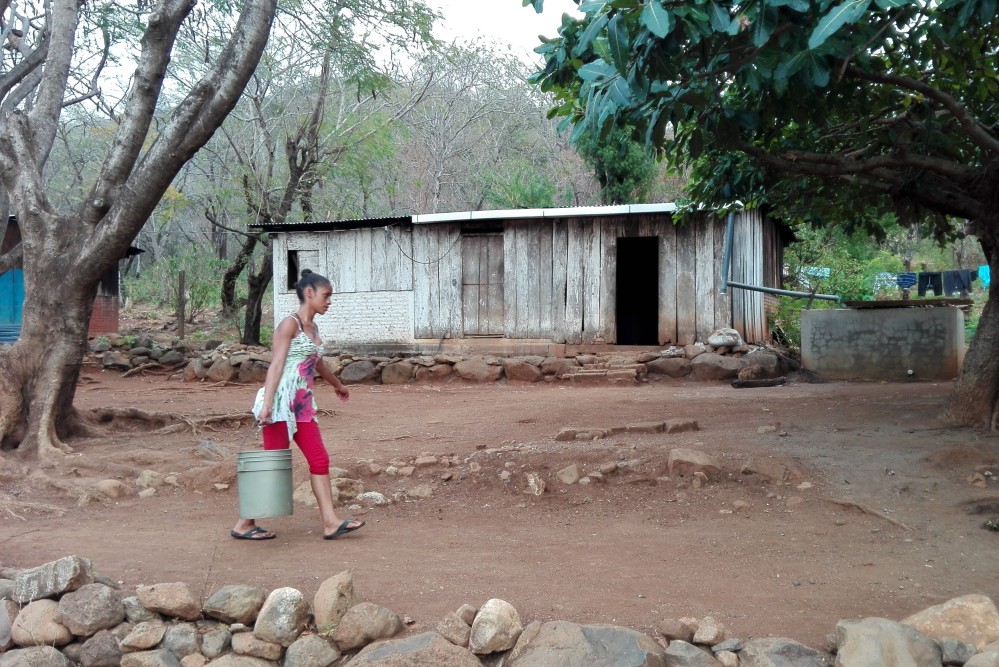
X is for XUCHIALT
Xuchialt Community Arts School are a great organization in Leon, run by unpaid young artists & members of the community. They provide art, music & dance classes for children in the community. I worked with Xuchialt for two years in Leon, as part of my work with PGL, the town-twinning link. Keep up the good work Xuchialt.
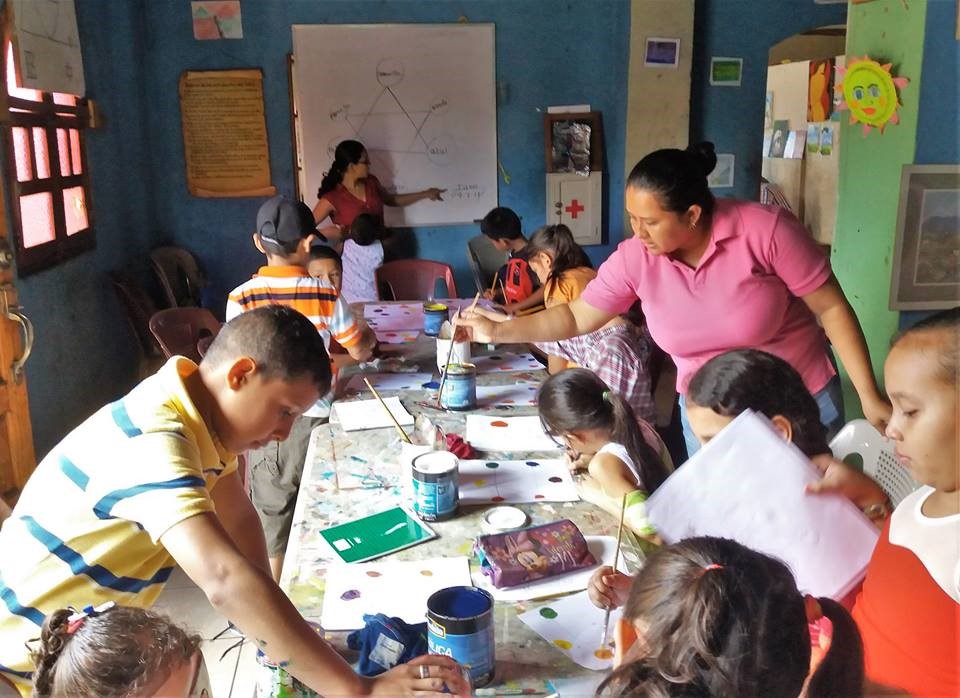
Y is for YOGA
Not very many Nicaraguans do yoga, but plenty of expats & tourists do. The beach communities in Nicaragua have a lot of surfing & yoga camps, & most big towns have yoga. It was part of the booming tourism industry before April this year. This photo shows Laguna de Apoyo.
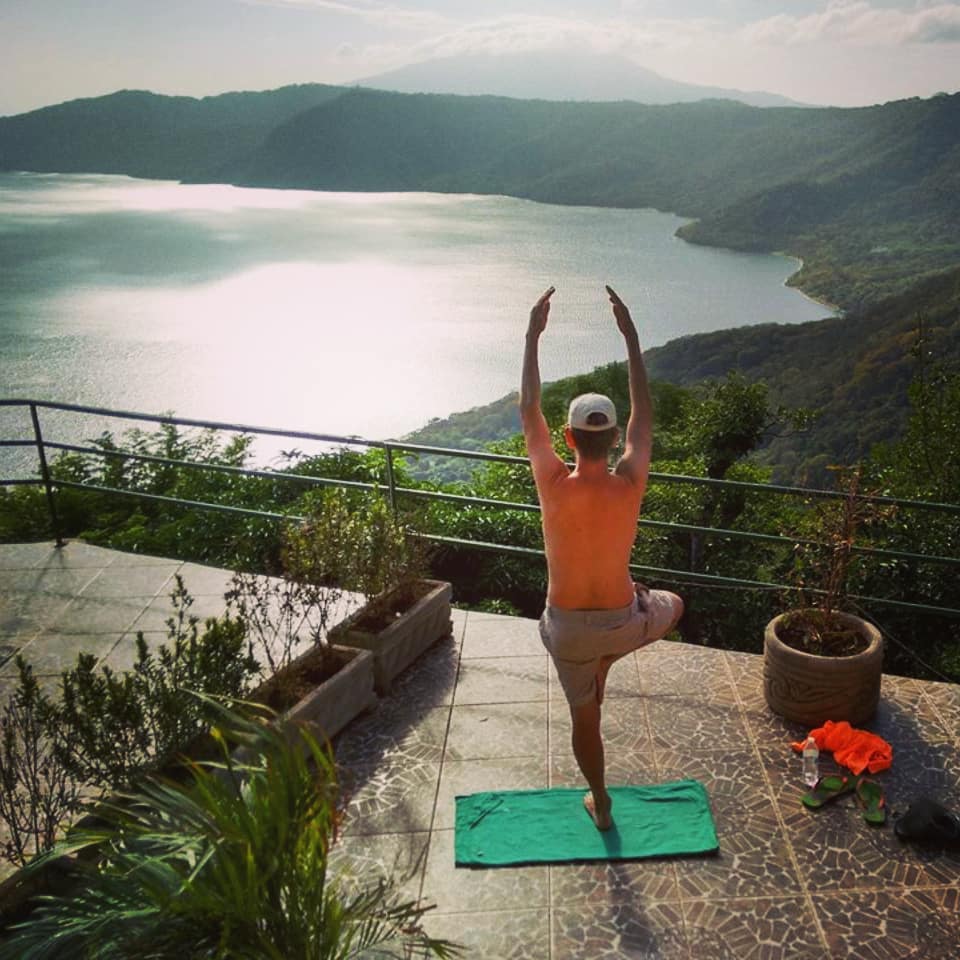
Z is for ZZZZZZZZzzzzzzz……..
Z is for a long sleep on the plane back to England, at the end of three years in Nicaragua. It was a busy & tiring stint, what with job-changes, insurrections, a lot of travel, Kath’s illness, & lots of good work with PGL. Now I am getting re-established in the UK (in Lewes), & starting job-hunting again.
Z is for ZUMBA, which we did in the heat of Leon & maybe didn’t do Kath’s heart much good. Z is also for Leon ZOO which was very run-down, but good for photography.
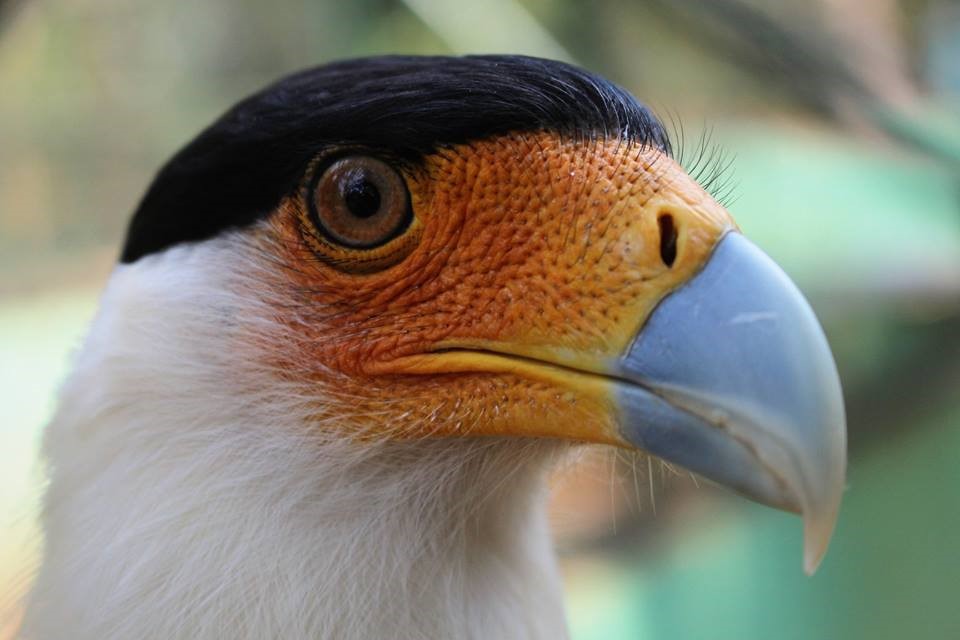
Please share this blog. You can also write comments below – what have I left out, what would you have included?
Many more beautiful photos of Nicaragua can be seen on my Instagram site – follow @owstonlewis








 There is a way for tourists here to get off the beaten track, and see the real Nicaragua, by visiting rural villages and cooperatives that run community tourism initiatives. Community Tourism and Eco-tourism are ways to experience rural life, stay with local people and help preserve the environment. According to Martha Honey, author of
There is a way for tourists here to get off the beaten track, and see the real Nicaragua, by visiting rural villages and cooperatives that run community tourism initiatives. Community Tourism and Eco-tourism are ways to experience rural life, stay with local people and help preserve the environment. According to Martha Honey, author of  1/ Stay with a rural family, Miraflor nature reserve, outside Esteli.
1/ Stay with a rural family, Miraflor nature reserve, outside Esteli.

